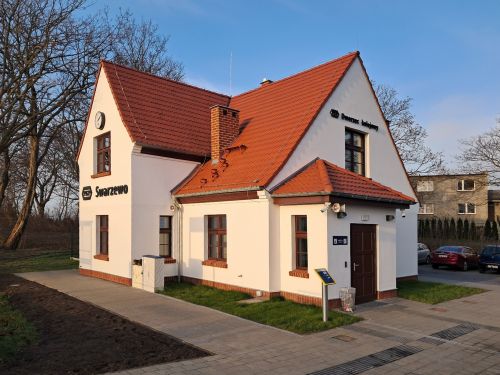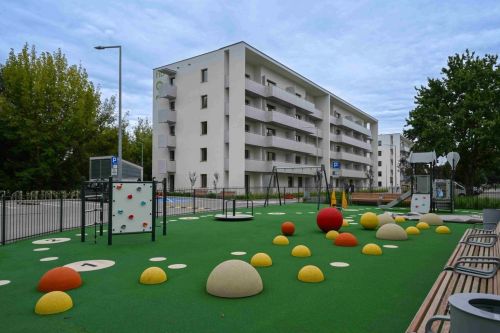As the credit crunch finally starts to sink its teeth into the warehousing market and vacancy rates soar, developers may be regretting their earlier optimism. Where is the demand for newly developed warehouses going to come from?Zuzanna Wiak, Gergo Racz, Nathan North It is the Polish logistics industry that is currently exhibiting the greatest demand for warehouse space, with companies in the sector accounting for 39 pct of the leasing market in 2008 – 1.59 mln sqm in total. In comparison, the corresponding figure in 2007 was 38 pct with a combined area of 1.41 mln sqm. Cushman & Wakefield puts retailers (12 pct) in second place in 2008 – the same as in 2007 – with the ‘food’ category coming third at 6 pct (3 pct less than in 2007). Electrical retailers suffered a fall in demand, dropping from 11 pct in 2007 to 4 pct in 2008, while those in the ‘books and paper’ sector rose from 2 pct in 2007 to 5 pct in 2008, and light industry also incre





























































